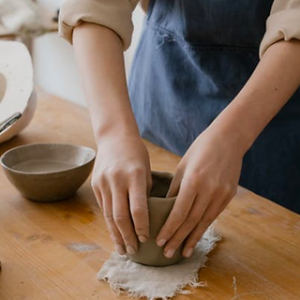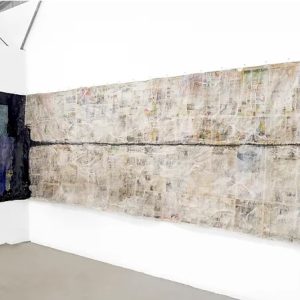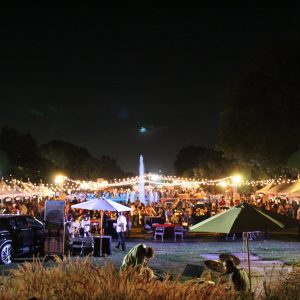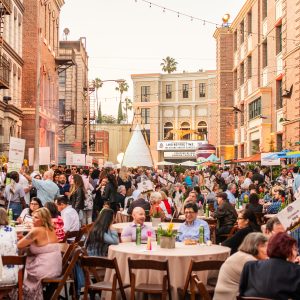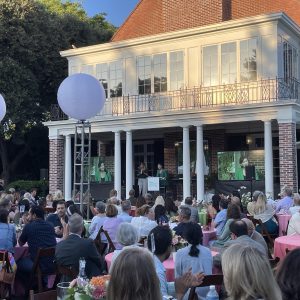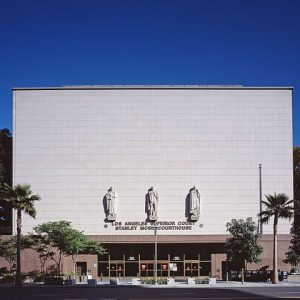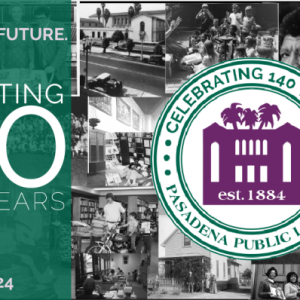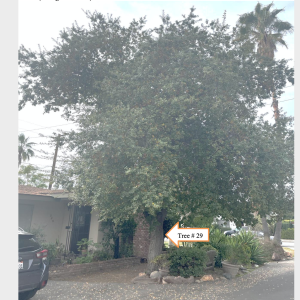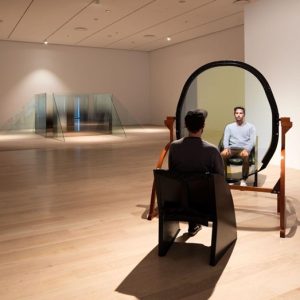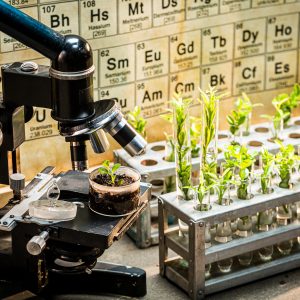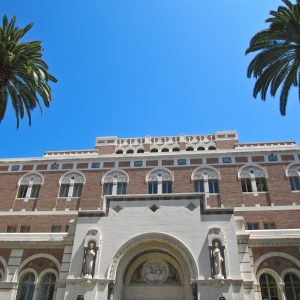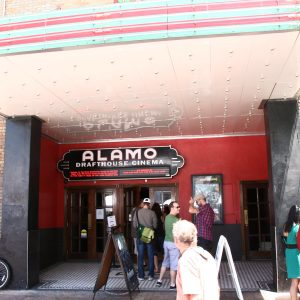 View Winners →
View Winners → Port Wine, Food and History in Porto, Portugal
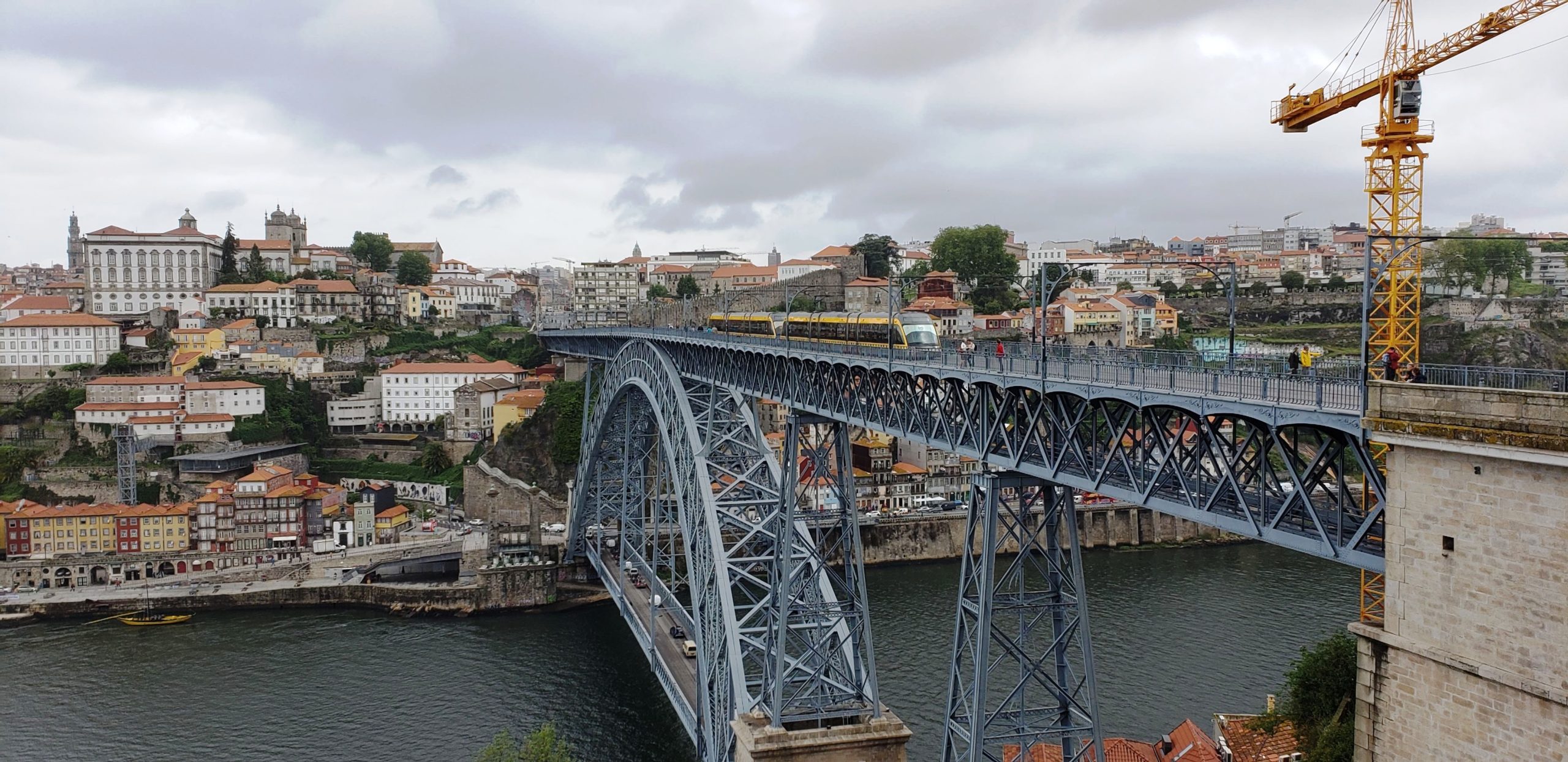
The Luís I Bridge spans the River Douro, connecting the port wine houses of Vila Nova de Gaia with downtown Porto. – Photo by Greg Aragon / Beacon Media News
By Greg Aragon
After three nights in Madrid, Spain, my friend and I continued our impromptu tour of Southern Europe with a last minute trip to the beautiful waterfront city of Porto, Portugal. Neither one of us had been to Portugal before, so we figured that since we were only about 350 miles away, we should jump at the chance. The next thing I knew, we were landing at Francisco Sá Carneiro Airport (Porto Airport), waiting for a shuttle to take us to our hotel in town.
When we got to Porto, I was enchanted by the waterfront city’s harbor full of old fishing boats, and its architecture of old cathedrals, arched bridges, cobble stone streets, sidewalk cafes, and buildings with colorful Portuguese tiles. Our hotel, the Vincci Porto was also impressive.
Located in Porto’s historical center, the Vincci Porto is situated in a building known as the Fish Market, which is completely refurbished and boasts a unique contemporary style. The four-star hotel features modern rooms that are bright, comfortable and spacious. Our double room came with two twin beds, clean bathroom and shower; an office workstation; a comfortable designer sofa, satellite-TV, free Wi-Fi, minibar, safe, two telephones and a private terrace.
After checking into the hotel and resting up, we explored town. Porto is a coastal village in northwest Portugal, along the Douro River. Known for its iconic bridges and port wine production, the settlement dates back to the Roman Empire, and the city was proclaimed a World Heritage Site by UNESCO in 1996. Today the town is the second largest city in Portugal after the capitol of Lisbon.
The first famous sight I examined was the Luís I Bridge, which spans the River Douro between the cities of Porto and Vila Nova de Gaia. The double-decker bridge links the port wine houses of Vila Nova de Gaia with the bustling downtown Ribeira district of Porto. The metal arch structure was completed in 1886 and stretches 564 feet across the river.
The next attraction on my list was the Cathedral. Originally built sometime between the 12th and the 13th century, the cathedral was rebuilt and renovated numerous times throughout the centuries. These changes and additions explain why the structure is a mix of architectural styles. The temple is predominantly Baroque styled, its façade and the central part are Romanesque, and its cloister and one of the chapels are Gothic.
A highlight of the cathedral is its beautiful blue and white tiles, known as azulejos found in the Gothic cloisters. The tiles are painted to depict scenes inspired by the Song of Solomon from the Old Testament.
After visiting the cathedral I took a taxi ride across the Douro River to learn about Port wine, which is one of Portugal’s most famous exports. The wine is named after Porto, since the city has been so instrumental in the worldwide distribution of it. My trek took me to Sandeman Cellars, where hundreds of wine barrels and casks of world-famous Sandeman Porto wine have been ageing for over two centuries.
At Sandeman Hall, which is free to enter, I learned about London in the 1790s. This was a time when wine pioneer George Sandeman established his Porto wine and sherry business. His interesting story is told through paintings, photographs, pottery and other artifacts, collected over the centuries and passed down from generations. The building also houses one of the most significant and complete antique bottle collections in Europe. Collected and carefully stored over the brand’s 200-year history, this impressive collection comprises dozens of ancient and rare wine bottles from as early as 1650.
My next stop was to sample some authentic Portuguese food at a restaurant called Chez Lapin, which has been permitted since 1938. Located on the banks of the Douro River, with great outdoor seating, the place serves an exciting array of traditional meats and seafood, as well as salads and of course port wine. My meal included succulent pork that was simmered an entire day, and a delicious bacalhau (cod fish) plate with shrimp, potato and cream sauce.
A couple must-see attractions in Porto that I didn’t have time to experience are Clérigos Tower and Lello Bookshop. The tower was designed by Nicolau Nasoni, one of the most renowned architects of the Baroque period in northern Portugal. I read that visitors can climb to the top of the tower for a memorable view over the city and river. The Lello Bookshop, originally opened in 1869, is world-renown for its staircases that are said to have inspired the author of Harry Potter. Along with Bertrand in Lisbon, it is one of the oldest bookstores in Portugal.
For more information on Porto, Portugal and the rest of the country, visit visitportugal.com.












